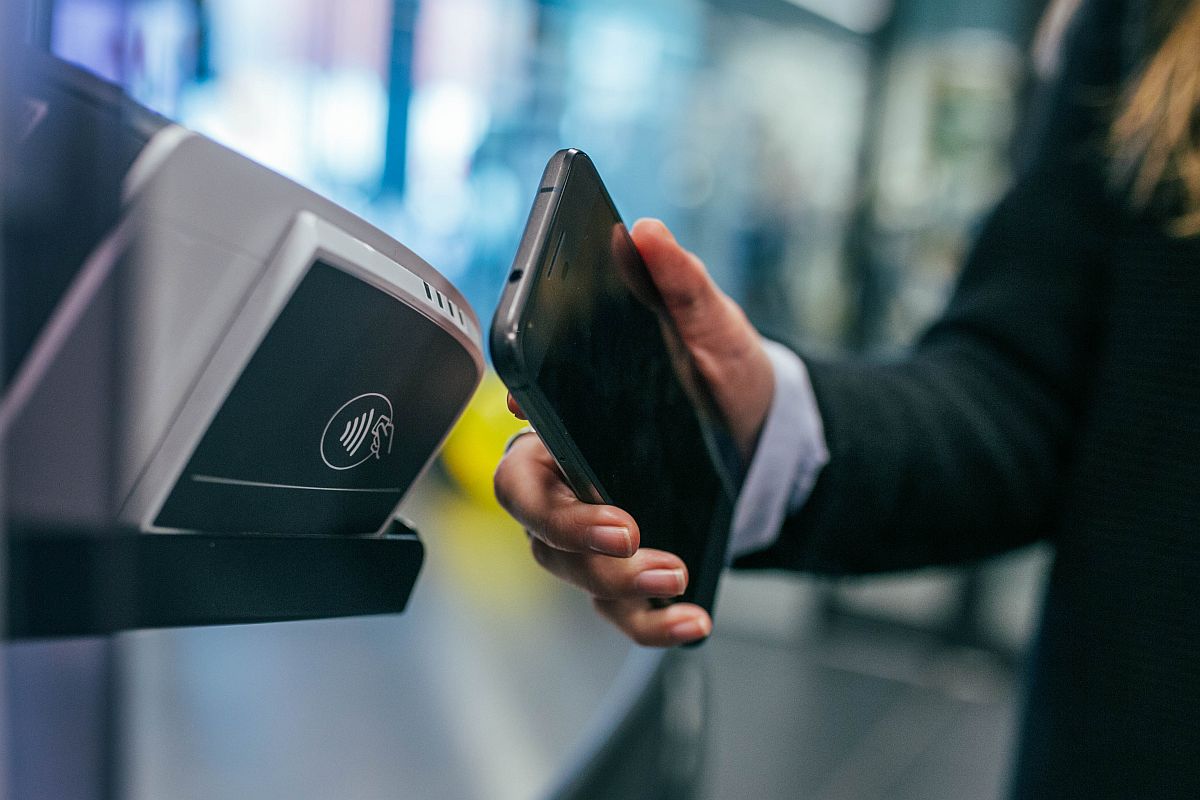
Top 10 best practices in using NFC
Ciprian Chiripuci

Near Field Communication (NFC) technology has been around for over a decade and has gained significant popularity in recent years. NFC is a short-range wireless communication technology that allows data exchange between two devices that are placed close to each other. This technology has many uses in various industries such as healthcare, logistics, transportation and payment systems. In this article, we will discuss top 10 best practices for using NFC in a business setting.
Understand capabilities of NFC technology:
Before incorporating NFC technology into your business, it is crucial to understand its capabilities. NFC technology operates on a frequency of 13.56 MHz and can transfer data at a rate of up to 424 Kbps. NFC has a range of approximately 4 cm, making it ideal for short-range communication between devices. NFC can be used to transfer data, make payments and connect to the internet.
Choose the right NFC-enabled devices:
To use NFC technology effectively, you need to choose the right devices that are compatible with NFC. Most modern smartphones and tablets are NFC-enabled, but not all devices are created equal. It is essential to choose devices that have NFC antennas with good sensitivity and power efficiency.
Use NFC tags to provide information:
NFC tags are small, passive devices that can be attached to physical objects to provide information. NFC tags can store data such as URLs, contact information and product details. Businesses can use NFC tags to provide customers with product information, promotional offers and loyalty rewards.
Use NFC for mobile payments:
NFC technology can be used for mobile payments, allowing customers to make payments quickly and securely using their smartphones. This feature can be integrated into mobile apps, enabling customers to make payments with just a tap of their phone. Businesses can also use NFC-enabled payment terminals to accept mobile payments.
Use NFC for inventory management:
NFC technology can be used for inventory management, allowing businesses to track inventory levels, monitor stock movements and streamline logistics processes. NFC-enabled tags can be attached to products and scanned using NFC-enabled devices to update inventory records automatically.
Use NFC for access control:
NFC technology can be used for access control, allowing businesses to restrict access to certain areas or information. NFC-enabled access cards can be issued to employees, enabling them to access authorized areas or information. Near Field Communication technology can also be used to track employee attendance.
Use NFC for event management:
NFC technology can be used for event management, allowing businesses to streamline ticketing, registration and check-in processes. NFC-enabled tickets can be scanned using NFC-enabled devices, providing instant access to event information and reducing wait times.
Use NFC for marketing:
NFC technology can be used for marketing, allowing businesses to create interactive experiences for customers. NFC-enabled posters, flyers and displays can be used to provide customers with product information, promotional offers and other interactive experiences.
Ensure security and privacy:
When using NFC technology, it is crucial to ensure security and privacy. NFC-enabled devices can be secured using passwords or biometric authentication and data can be encrypted to prevent unauthorized access. Businesses should also comply with privacy laws and regulations when collecting and using customer data.
Provide training and support:
To use Near Field Communication technology effectively, businesses should provide training and support to employees and customers. Employees should be trained on how to use NFC-enabled devices and how to troubleshoot common issues. Customers should be provided with clear instructions on how to use NFC-enabled features and support should be available if they encounter any problems.
NFC technology has many uses in a business setting, from mobile payments to marketing and inventory management. To use NFC technology effectively, businesses need to choose the right devices, understand NFC capabilities of and ensure security and privacy. By incorporating these top 10 best practices for using NFC, businesses can improve their operations, increase customer engagement and provide a better overall experience.
Incorporating NFC technology into a business can be a daunting task, but it can also provide many benefits. NFC technology is versatile and can be used in many different ways, providing businesses with endless possibilities. It can streamline processes, reduce wait times and provide customers with more personalized experiences.
As with any new technology, there are risks and challenges associated with using NFC. It is crucial to ensure security and privacy of customer data, comply with regulations and provide training and support to employees and customers. However, by following these best practices, businesses can minimize risks and maximize the benefits of using NFC.
In conclusion, NFC technology is an innovative and useful tool that can benefit businesses in many ways. By incorporating these top 10 best practices for using NFC, businesses can ensure a successful and smooth implementation of NFC technology, leading to increased efficiency, improved customer experiences and a competitive edge in the market.
Related posts
Here are some resources to help you get more out of your assets


Ciprian Chiripuci
Truck Sealing in Delivery Logistics: Definition, Benefits and Best Practices

Ciprian Chiripuci
Mastering that Last Mile
READY TO TALK?